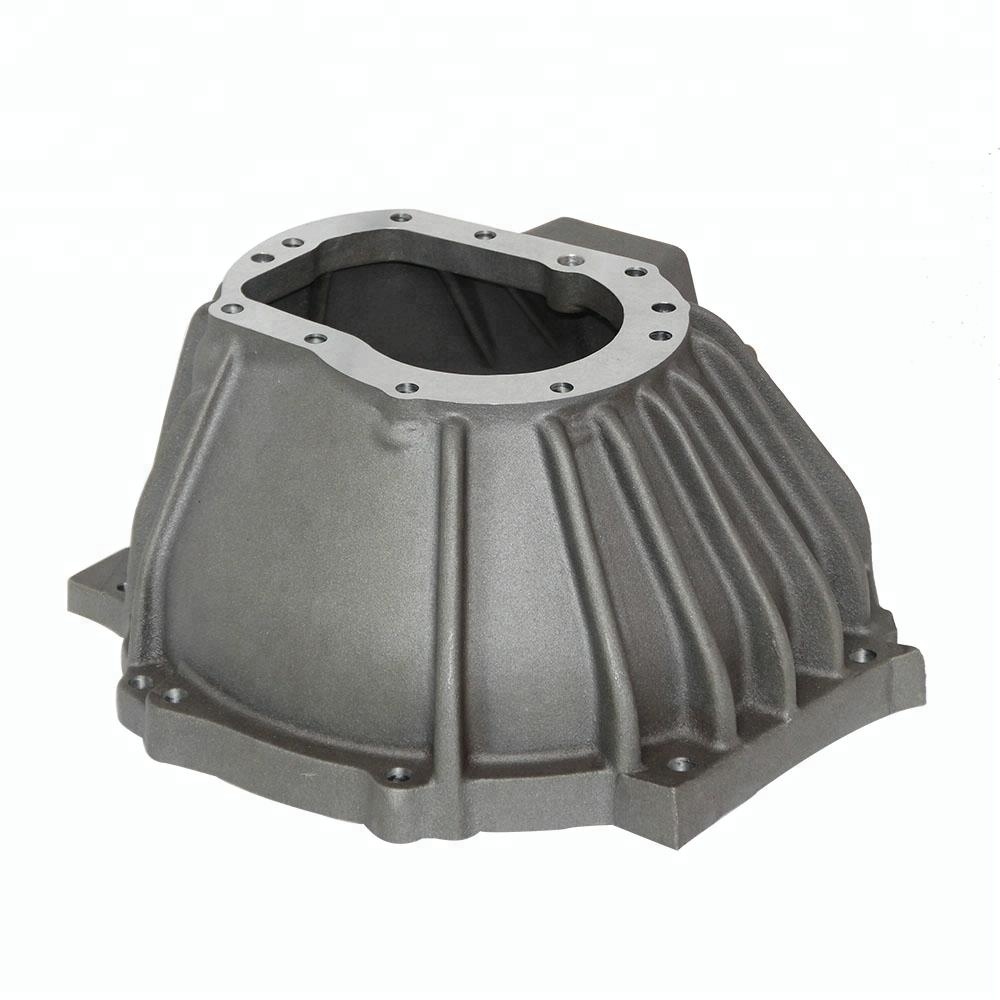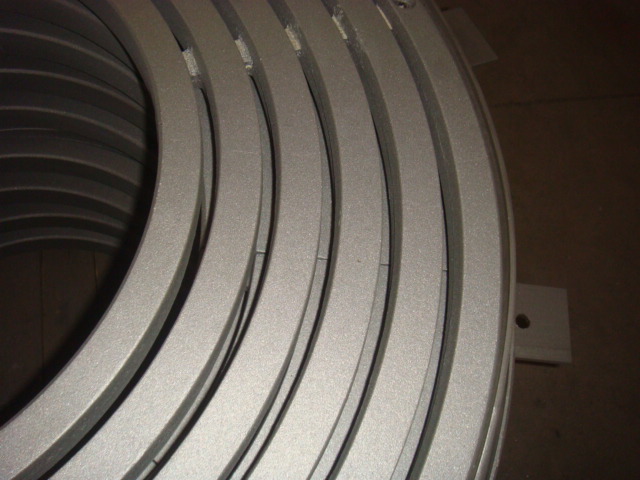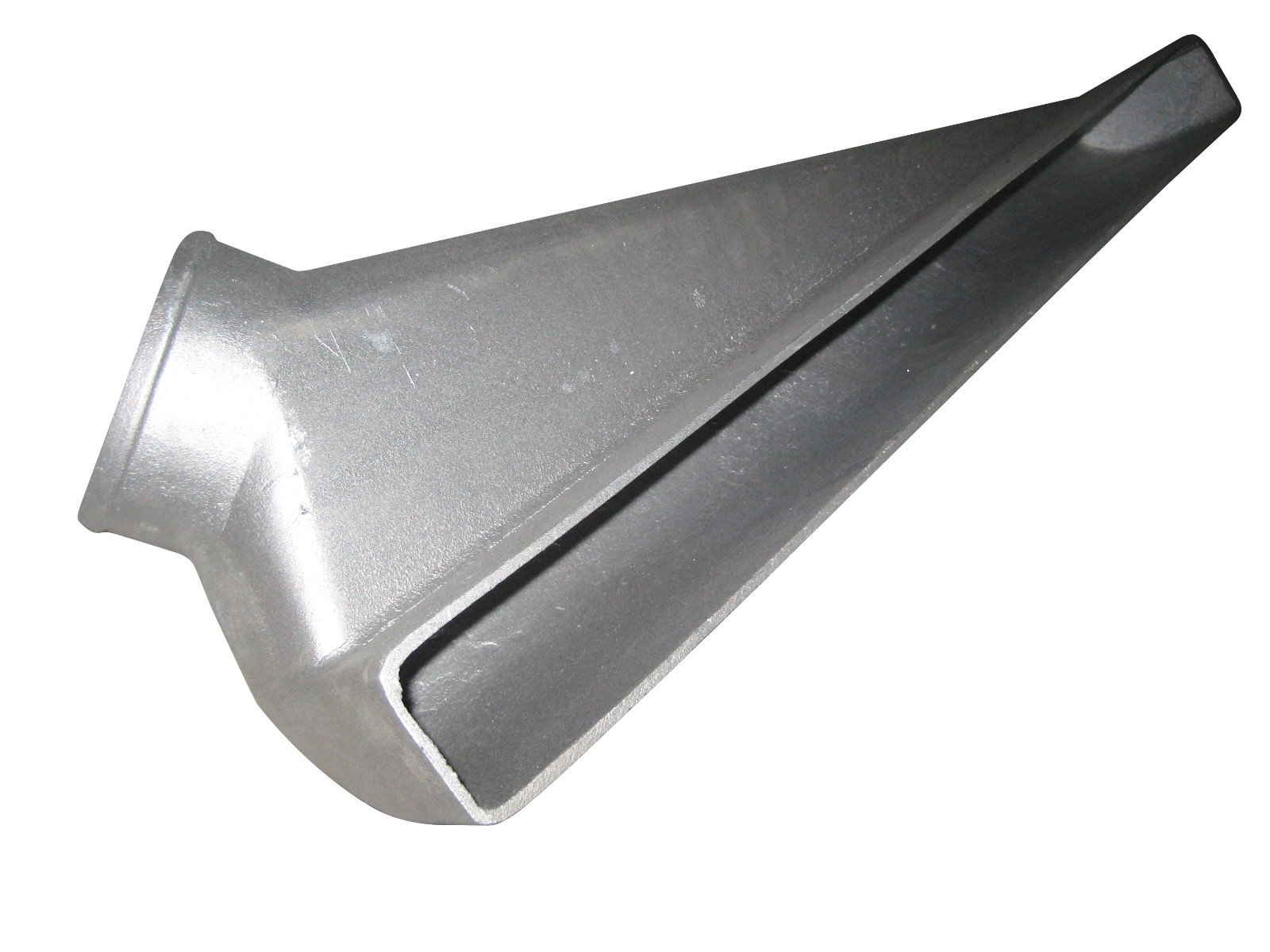Shot Blasting in Aluminum Casting: Enhancing Quality Across Various Methods
Aluminum casting is a versatile manufacturing process widely used in industries ranging from automotive to aerospace. Its ability to produce complex shapes with high precision makes it a preferred choice for many applications. However, to ensure these castings meet stringent quality standards, post-processing techniques like shot blasting play a critical role. This article explores the importance of shot blasting in aluminum casting and its application across different casting methods, including sand casting, gravity casting, low-pressure die casting, and high-pressure die casting.
What is Shot Blasting?
Shot blasting is a surface treatment process that involves propelling abrasive materials (commonly steel shots or grit) at high speed onto a workpiece. The primary purposes of shot blasting are:
Surface Cleaning: Removing impurities such as oxide layers, sand residues, and scale from the casting surface.
Surface Preparation: Creating a uniform texture for subsequent processes like painting or coating.
Stress Relief: Enhancing the mechanical properties of the casting by relieving surface stresses.
For aluminum castings, shot blasting is particularly valuable as it ensures the final product meets aesthetic and functional requirements.
Shot Blasting in Various Aluminum Casting Methods
Sand Casting
Sand casting is one of the oldest and most economical methods of aluminum casting. It involves pouring molten aluminum into a sand mold to create the desired shape. While effective, sand casting often leaves behind residual sand particles and rough surfaces that need refinement.
Role of Shot Blasting:
- Removes sand residues and mold imperfections.
- Smooths the surface to prepare for coatings or machining.
- Improves dimensional accuracy by cleaning off excess material.
Shot blasting is essential for achieving a clean, polished finish that meets industrial standards.
Gravity Casting
Gravity casting relies on gravity to pour molten aluminum into a mold without external pressure. This method produces parts with excellent mechanical properties and is commonly used for complex geometries.
Role of Shot Blasting:
- Eliminates oxide layers formed during the cooling process.
- Removes minor surface defects and ensures uniformity.
- Enhances the aesthetic appeal by providing a smooth finish.
Gravity castings often require shot blasting to achieve the desired surface quality for decorative or functional applications.
Low-Pressure Die Casting
Low-pressure die casting uses controlled pressure to push molten aluminum into a mold. This method is ideal for producing parts with thin walls and intricate details, such as automotive components.
Role of Shot Blasting:
- Cleans off residual material from the casting process.
- Prepares the surface for further treatments like anodizing or powder coating.
- Improves fatigue resistance by relieving surface stresses.
Shot blasting ensures that low-pressure die castings meet precise tolerances and maintain their structural integrity.
High-Pressure Die Casting
High-pressure die casting involves injecting molten aluminum into a steel mold at high pressure, making it one of the fastest and most efficient casting methods. This process is widely used for mass production of lightweight parts with excellent dimensional accuracy.
Role of Shot Blasting:
- Removes flash, burrs, and other imperfections from high-pressure molds.
- Achieves a smooth, uniform surface for better paint adhesion.
- Enhances durability by eliminating stress concentrations on the surface
Due to the rapid cooling and high-pressure conditions, shot blasting is critical for refining high-pressure die castings for both functional and aesthetic purposes.
Benefits of Shot Blasting in Aluminum Casting
Regardless of the casting method used, shot blasting offers several key benefits:
Improved Surface Quality: It ensures that castings have a clean, smooth surface free from defects.
Enhanced Durability: By relieving stress concentrations, shot blasting improves the mechanical properties of aluminum castings.
Optimized Coating Adhesion: A uniform surface texture allows paints and coatings to adhere better, enhancing corrosion resistance.
Cost Efficiency: By reducing manual cleaning efforts, shot blasting streamlines post-processing and lowers production costs.
Choosing the Right Shot Blasting Equipment
The effectiveness of shot blasting depends on selecting the appropriate equipment and abrasive materials. Factors to consider include:
Casting Size and Complexity: Larger or more intricate parts may require specialized machines like rotary tables or continuous belt systems.
Surface Requirements: The choice of abrasive material (steel shots, aluminum oxide, etc.) should align with desired surface roughness.
Production Volume: High-volume production may benefit from automated shot blasting systems for efficiency.
Investing in high-quality shot blasting equipment ensures consistent results and prolongs the life of aluminum castings.
Shot blasting is an indispensable step in aluminum casting processes like sand casting, gravity casting, low-pressure die casting, and high-pressure die casting. By removing impurities, enhancing surface quality, and improving mechanical properties, this post-treatment method adds significant value to aluminum castings.
Whether you're producing automotive parts or aerospace components, integrating shot blasting into your workflow will help you meet industry standards and deliver superior products. For manufacturers seeking to optimize their operations, understanding the nuances of shot blasting across different casting methods is key to achieving long-term success.
Product Pictures
 |  |  |